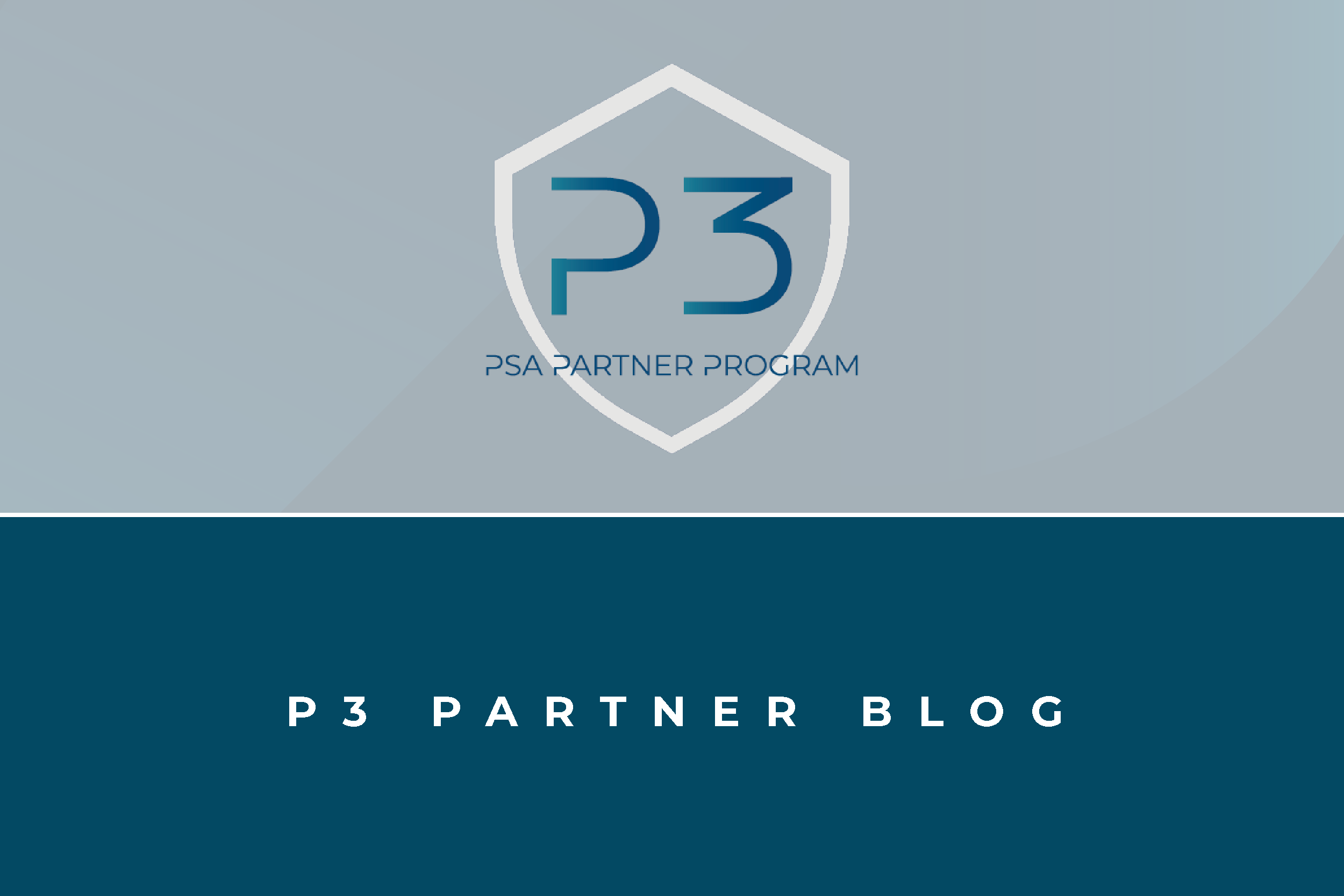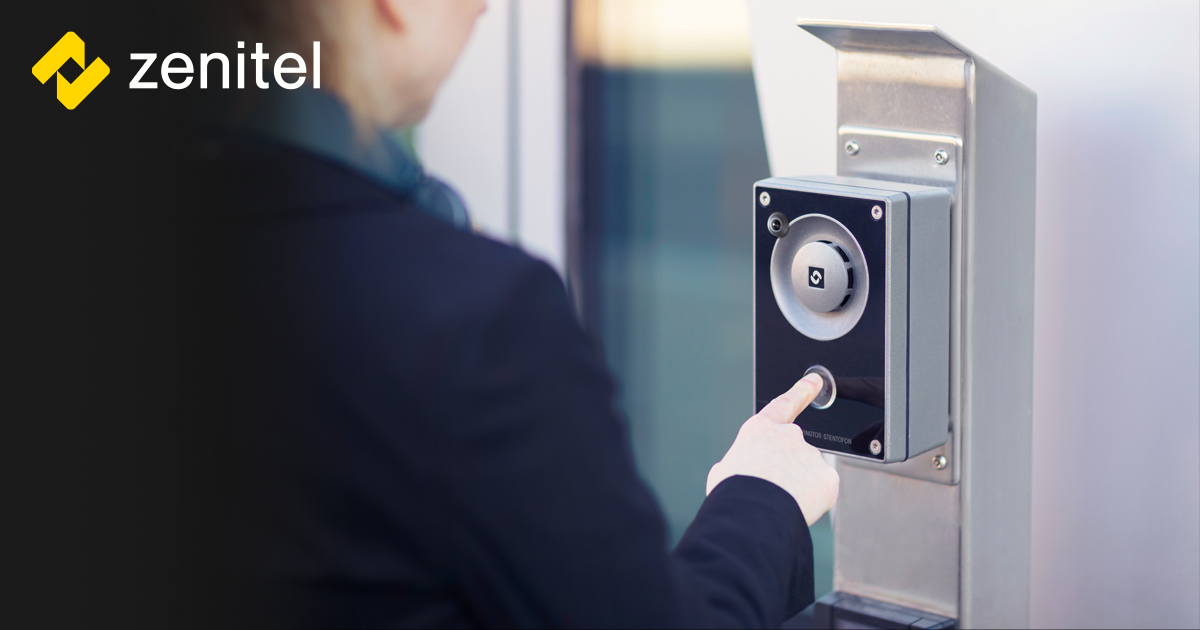
10 Questions to Ask Before Selecting an IP Intercom Solution with Zenitel
Think about the last time that you sold and installed a security system. What did it include and what did it provide?
Most likely, you selected a video surveillance system, an access control solution and a video management system. Together, the end user will have video surveillance, the ability to allow a security guard to either keep an individual in or out of a facility and an array of analytics from the VMS. All that is great; except it’s missing one key component: audio, which provides so much more to everyday or security incidents. What security risks are not being identified when a security guard can only see someone but cannot hear them?
 Audio can provide context such as languages or names spoken, levels of aggressions, sounds of a security breach such as an alarm and notification that first responders have arrived on the scene. Audio brings together video surveillance, access control and a VMS for an interactive security system that can help security teams to understand the whole situation and respond effectively.
Audio can provide context such as languages or names spoken, levels of aggressions, sounds of a security breach such as an alarm and notification that first responders have arrived on the scene. Audio brings together video surveillance, access control and a VMS for an interactive security system that can help security teams to understand the whole situation and respond effectively.Today’s interactive enterprise security systems need access control, video surveillance and IP Intercom solutions working together to mitigate security risks. But not all intercom solutions are created equal. The intercom solution that you select and install must be more reliable than ever. It also means not accepting poor audio or video quality but instead seeking an intercom solution that provides powerful and proven audio technology and HD video along with a touchless application that works in every situation.
What are 10 questions that you should ask before selecting an IP intercom solution that will best suit a security team’s needs?
- Does the IP intercom solution allow everyone to hear clearly? The intercom communications solution should detect voices, high noise levels, breaking glass or other sounds that are not within direct view of a video camera. It should provide a clear voice and sound, no matter the environment.
- Does it incorporate acoustic echo cancellation, which prevents feedback and enables clear and hands-free communication, even at high volumes (95dB)?
- Does the design include an automatic gain control feature, which will take a voice that is too loud or too weak and level it out to an undistorted and clear signal?
- Does the design also have an anechoic speaker, which will prevent distortion from "standing waves,” which is the combination of two waves that are moving in opposite directions? Standing waves are formed when a wave bounces back and forth in a situation that produces constructive interference.
- Does the exterior have a solid aluminum, die-cast frame and an acoustically transparent poke screen to defend it from tampering?
- Does the IP intercom deliver high-definition video? Look for a wide-angle lens and strong low-light performance to deliver excellent image quality, day or night. A wide Field of View will capture more of the area around the intercom station, and a 30-per-second frame rate provides a natural look for any movement caught on the camera.
- Does it integrate with security and communications technology? Interoperability between security platforms is important. Any IP intercom you choose should utilize industry standards such as SIP, ONVIF and standard APIs to integrate seamlessly into other security solutions.
- Is it touchless? Contactless access has been amplified by the COVID-19 pandemic, so the intercom solution should include a touchless sensor for users to activate intercom calls with the swipe of a hand.
- How fast does it process data? The intercom solution should process data faster, which translates into stability, uptime and a long product lifetime. That efficiency in data processing also provides the opportunity for additional product integrations.
- Is it cybersecure? The intercom solution should meet IT requirements for mission-critical systems and provide defense from cyber threats and attacks. Look for an intercom vendor that has implemented IEEE 802.1X network access control, and who stays on top of the latest vulnerabilities with regular software upgrades.
It is meaningless to install an intercom and communications system if the audible announcements and messages being delivered can't be heard or understood, in every situation. It’s time to stop accepting bad audio and instead embrace a solution that offers audio and voice technology that allows people to hear, be heard and be understood in every situation. Overall, by investing in an intercom solution that provides the best possible audio quality, you are equipping security teams with a powerful tool that can mitigate security threats and provide value for many years to come.
Learn more about P3 Partner Zenitel here.
